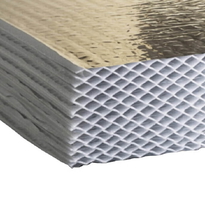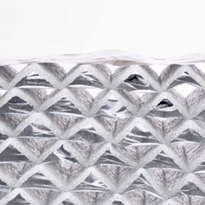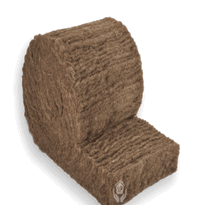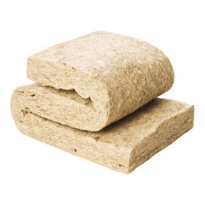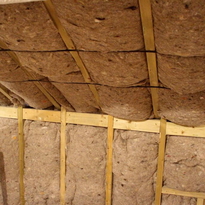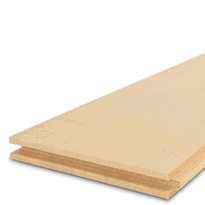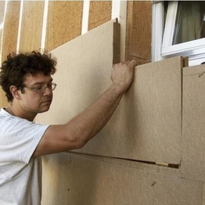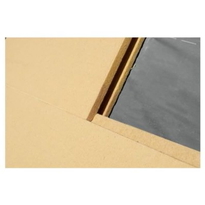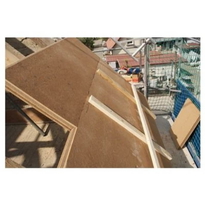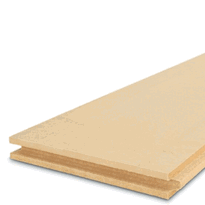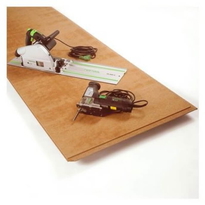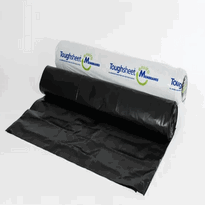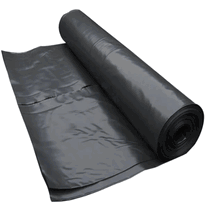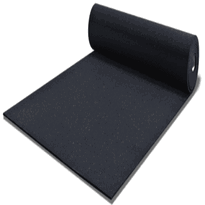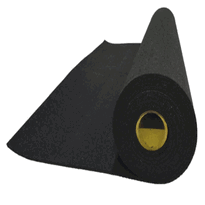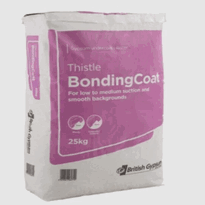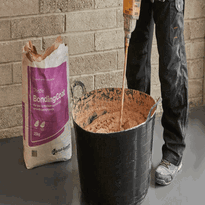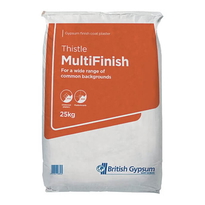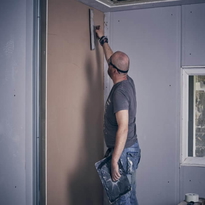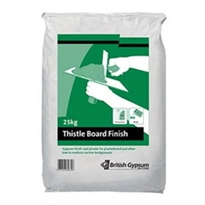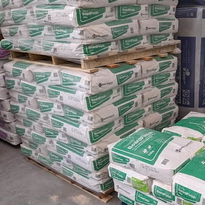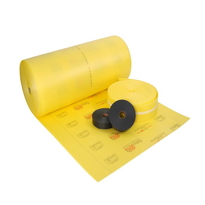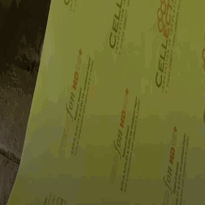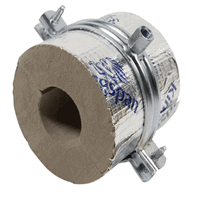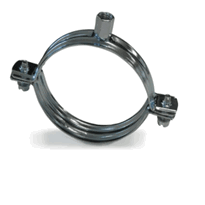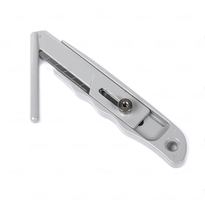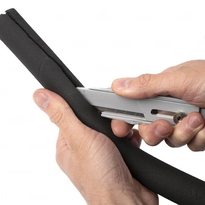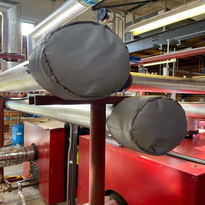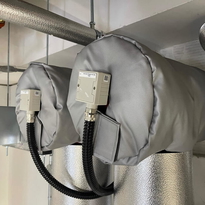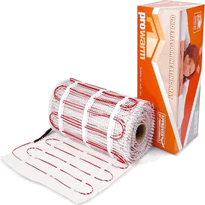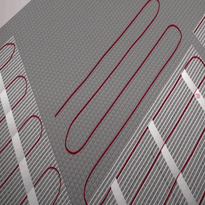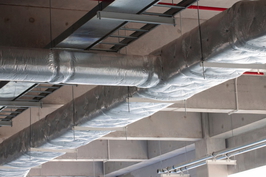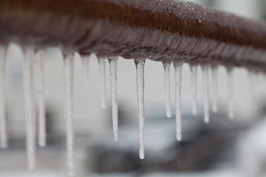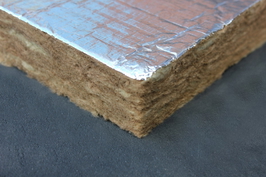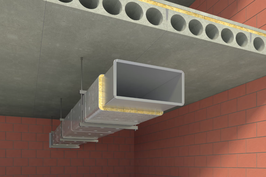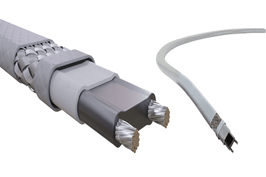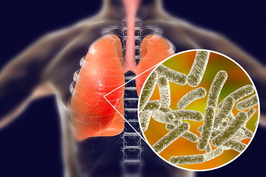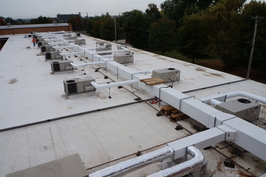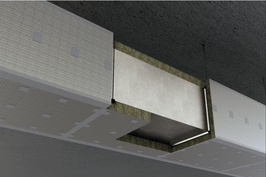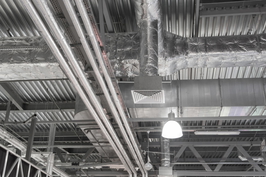Aluminium Cladding for Duct
Aluminium cladding for ducts offers numerous advantages, making it a popular choice across various industries in the UK. Its exceptional resistance to corrosion and rust stems from a durable protective oxide layer, which enhances longevity and ensures reliable performance in challenging environments.
Thanks to its high strength-to-weight ratio, aluminium cladding is both strong and lightweight, facilitating easier and more cost-effective installation. This mechanical robustness also offers effective protection for the ductwork itself, contributing to its overall durability.
Typically manufactured as seamless and often corrugated sheets, aluminium duct cladding provides a secure barrier against air leakage. It is capable of withstanding extreme temperatures up to 225°C, ensuring safety and operational efficiency in various applications.
Further consideration should be given to proper installation practices and long-term maintenance strategies to maximise the lifespan and performance of aluminium cladding systems.
Benefits of Aluminium Cladding in Duct Systems
Aluminium cladding offers numerous notable advantages when utilised in duct systems, largely due to its physical and chemical characteristics. Its excellent resistance to corrosion and rust, thanks to a protective surface oxide layer, ensures durability and prolongs the lifespan of ductwork, even under challenging environmental conditions. Durability and longevity Aluminium can withstand extreme temperatures and weather without deterioration, helping to maintain structural integrity over time. This material also safeguards ducts against mechanical damage and wear, resulting in minimal material fatigue and reducing the need for frequent replacements. Its high strength-to-weight ratio allows for lightweight installation, which can lower labour costs and simplify handling processes.
Types of Insulation Materials for Ducts
Selecting the appropriate insulation material for duct systems requires careful consideration of factors such as thermal performance, durability, ease of installation, and environmental suitability.
Fibreglass insulation, made from fine glass fibres, provides good thermal resistance and is cost-effective. However, it can release airborne particles during installation, so appropriate precautions should be taken to protect installers and maintain indoor air quality.
Polyethylene foam insulation features a closed-cell structure, which offers high thermal resistance and moisture protection. Its flexibility allows it to conform easily to duct shapes, making it a versatile choice for a variety of environments.
Mineral wool insulation, composed of rock or slag fibres, boasts excellent fire resistance and sound absorption properties. It's particularly suitable for high-temperature or industrial applications. Although it can be more challenging to handle and install safely, these properties make it valuable in demanding settings.
Rigid board insulation, such as PIR or phenolic panels, provides high thermal insulation combined with enhanced fire resistance and vapour barriers. This type of insulation is ideal for various duct configurations, especially in challenging or high-risk settings.
When selecting insulation materials, always consider the specific requirements of your project and the environmental conditions to ensure optimal performance and safety.
Additionally, choosing materials with fire-resistant properties rated according to British Standards can significantly improve safety in case of fire, ensuring the insulation contributes effectively to fire prevention and containment.
Key Features of Aluminium Ducts
Aluminium ducts are manufactured to high standards, using durable, high-quality single-layer aluminium that offers both strength and resistance to mechanical stresses. These ducts are designed with flexibility in mind; semi-rigid models can bend without kinking or collapsing, making installation in complex or confined spaces easier. Made from premium aluminum, they also feature a seamless construction that prevents air leakage and improves insulation properties. Many aluminium ducts feature a corrugated structure, which enhances their strength and provides greater flexibility. Lock seams ensure that connections are airtight and watertight, contributing to the overall integrity of the ventilation system.
Aluminium ducts are capable of withstanding high temperatures, up to 225°C, making them suitable for a wide range of applications. As they're non-combustible, aluminium ducts also improve safety within ventilation and HVAC systems. Their ease of handling, cutting, and sizing allows for customisation to meet specific system requirements. This versatility promotes efficiency, durability, and cost-effectiveness in both commercial and residential ventilation projects.
The Significance of Proper Duct Insulation
Proper duct insulation is essential for ensuring the efficiency and effectiveness of ventilation and HVAC systems. It manages the transfer of heat and helps prevent unwanted temperature fluctuations within the ductwork. By reducing energy losses, insulated ducts can conserve up to 30% of conditioned air, which leads to a decrease in utility bills typically ranging from 10% to 20%. Effective insulation also helps maintain indoor air quality by preventing contaminants from entering the system. Insulation minimises conductive heat gain and loss, maintaining a consistent air temperature throughout the system. This not only improves comfort levels but also shortens the operating time of HVAC equipment, contributing to energy savings. Additionally, selecting the appropriate duct insulation types ensures compliance with safety and fire resistance standards, especially in environments requiring fire-rated solutions. Moreover, insulation helps prevent surface condensation on ducts, reducing the risk of mould growth and potential damage to building structures. In addition to thermal benefits, insulation plays a crucial role in reducing noise emanating from air movement within the ducts and mitigating vibrations. This results in a quieter indoor environment, enhancing occupant comfort. Well-insulated ducts support sustained system performance, extend the lifespan of HVAC equipment, and promote better indoor air quality.
Installation Tips and Long-Term Advantages
Effective installation of aluminium cladding on ducts requires thorough preparation and meticulous adherence to detailed procedures to ensure optimal long-term performance.
Firstly, precise measurements of the duct dimensions are vital to select the appropriately sized cladding, which should be marginally larger than the duct to allow for a secure and seamless fit. Surface preparation involves thoroughly cleaning the duct surface to remove all debris, dust, and grease, thereby ensuring a strong, secure bond during adhesion.
Tools such as a utility knife, tape measure, and protective gloves are essential for accurate cutting and safe handling during the installation process. The aluminium cladding is applied commencing from the bottom of the duct, with overlaps carefully secured using suitable tape or fasteners to eliminate gaps and prevent air or moisture ingress.
Regular inspection and maintenance are key to preserving the integrity of the cladding. This includes periodic cleaning to remove any buildup of dirt or debris and promptly repairing any damages to maintain the system’s effectiveness.
Adopting these careful installation practices maximises energy efficiency, enhances durability, provides moisture resistance, and results in cost savings over the long term.
Conclusion
In summary, aluminium cladding enhances the durability of duct systems by providing excellent resistance to corrosion, improved thermal insulation, and ease of installation. Selecting suitable insulation materials and employing correct installation techniques are essential to maximise system efficiency and extend its operational lifespan. Properly insulated and clad ducts contribute to energy savings, reduce maintenance requirements, and increase operational reliability.
Therefore, understanding the features, benefits, and best practices for installing aluminium cladding is vital for ensuring optimal performance and longevity of duct systems across a variety of applications in the UK.
